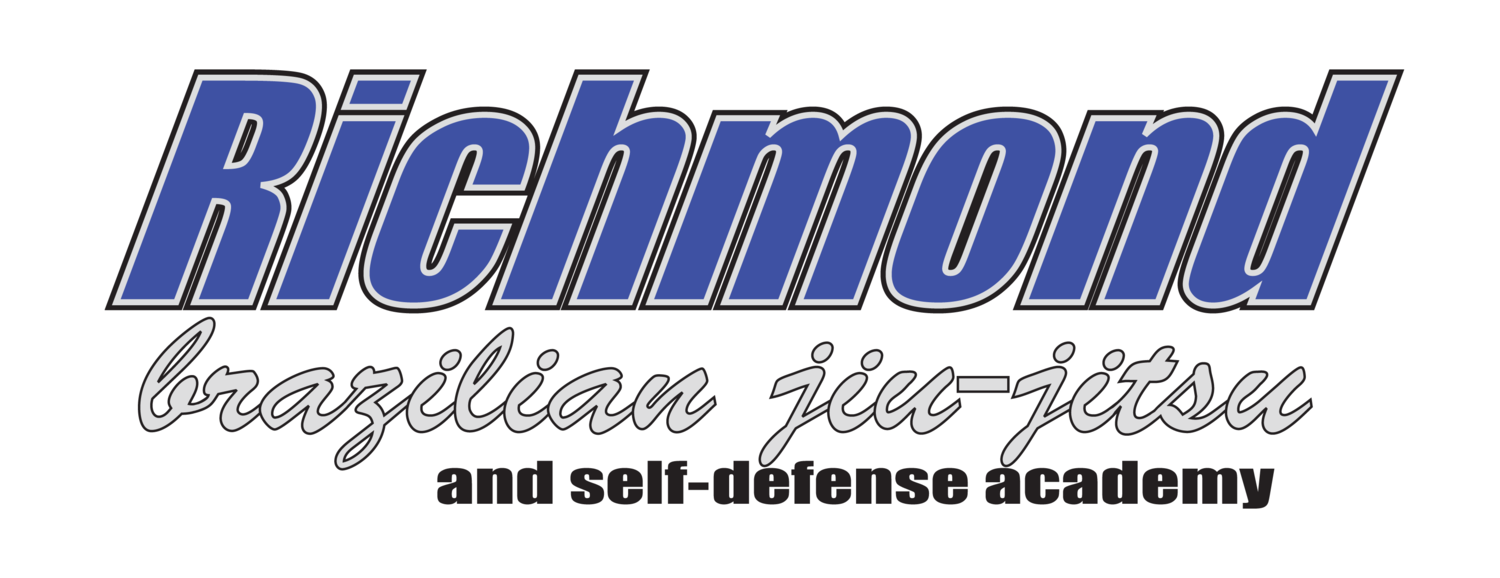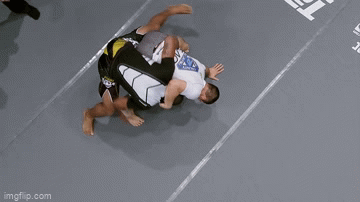Watching Footage- Preventing the Cross-face
In this segment we’re going to talk about and look at some examples of why and how to prevent the cross face early. Specifically we’re going to focus on one match in particular, Garry Tonon vs Gilbert “Durinho” Burns at Polaris in 2016. There’s so much more that goes on in this match that I’d encourage anybody to sit down and watch the whole thing, but we’re going to focus in. Throughout the match Durinho had several opportunities to where he was as close to passing the guard as one could feasibly get without full control. Let’s take a look.
Consistently controlling Durinho’s lead/cross-face arm. Even though his hips have been passed, Tonon looks to prevent Burns from establishing controlling grips on his upper body. From there he’s able to be mobile with his hips and recover guard. You’ll see this pattern repeat itself.
Defending the double-unders pass by stressing Durinho’s grips forcing him to move quicker than is ideal. Thinking ahead, Tonon is able to prevent any dominating control of his upper body by preventing the cross face from being established and recovers his half-guard.
Elbow escaping from a tight body lock by focusing on his opponents cross-face arm and again stopping the transition of controls up the body. I think the pattern is becoming self-evident.
Again, a low tight pass attempt from Durinho stuffed due to an inability to stay chest to chest or control the head.
Specifically, Tonon is looking to control the crossface arm with his far side.. If the near side arm is dedicated to controlling the space, it becomes prohibitively difficult to then escape that same shoulder away from your opponent. By controlling the cross-face arm with his opposite side, he’s able to free his bottom arm to be able to shoulder and chest escape away without losing connection to his opponent. Garry showed great composure in his guard retention, not panicking and doing his best to never roll away from his opponent, preventing Durinho from establishing a controlling position.
“What happens if we do get cross-faced?”, you ask, well let’s see. There were no instances in his match with Durinho that we can really look at, but what about others. In his match with Mansher Khera, Garry was in a pretty tight side control.
Here you can see Garry fight to connect his hands between his opponent's cross-face arm and himself and use the space created to scramble away, having to turn his back in order to initiate an escape and ensuing scramble.
Garry is well known for being considered reckless stylistically, willing to take large gambles in his competitive career. Being comfortable, patient, and vigilant in playing to his outs from an inferior position allows Garry to push the pace and take risks others aren’t completely comfortable taking. When was the last time you’ve tried to flirt with a guard pass?





